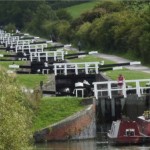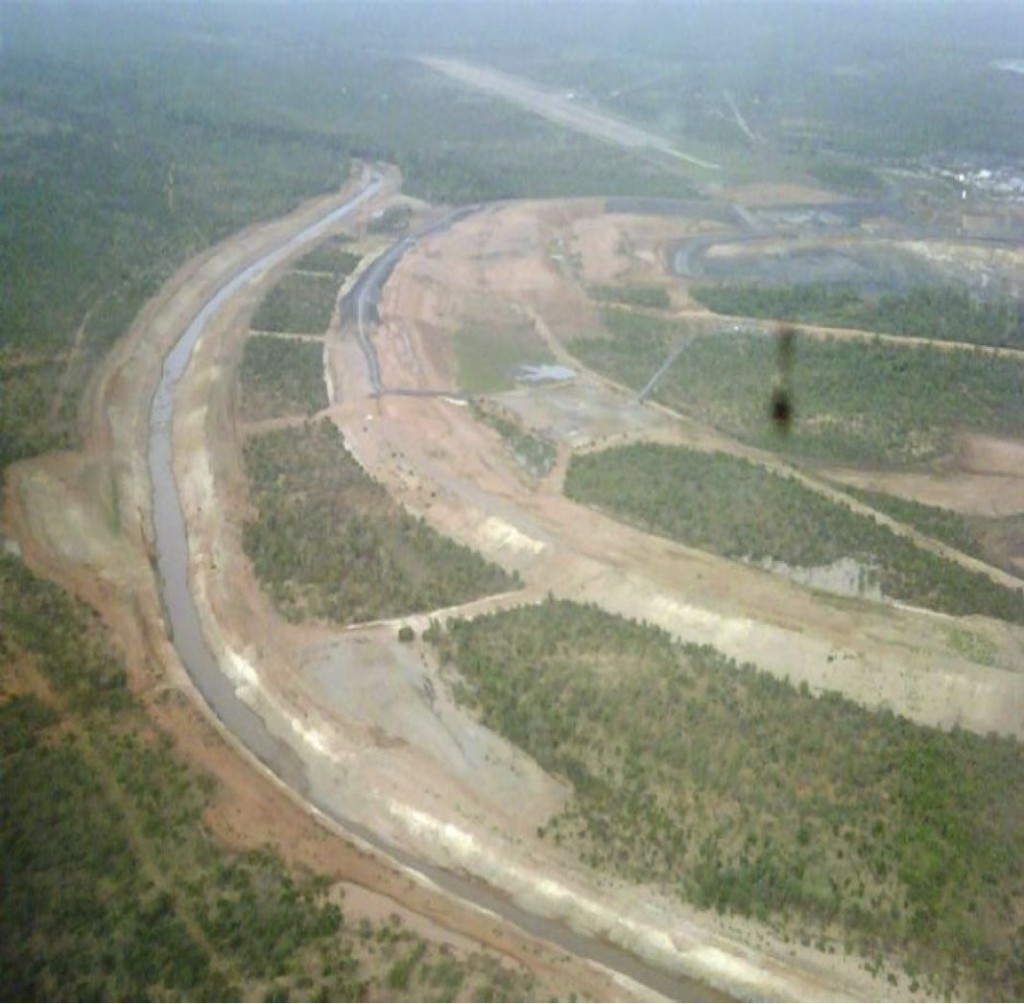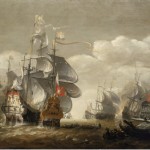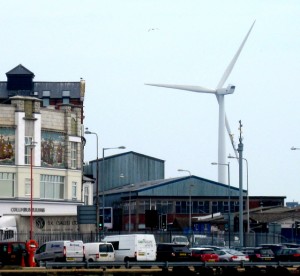The Catalpa Affair by Tarquin O’Flaherty Part 4
Betrayal?
In February, 1876, the Catalpa, in international waters, meets the ‘Ocean Beauty’, a ship bound for Liverpool and out of New Zealand. Astonishingly it’s captain turns out to be the former captain of the Hueguemont, the last convict ship into Fremantle, the ship which carried O’Brien and his fellow Fenians! Anthony is invited aboard and receives an unexpected and priceless gift: invaluable navigation charts of the Fremantle coastline.
What begins to emerge here is a pace of life which we no longer understand. By the time the Catalpa meets the Ocean Beauty, she has already been away from New Bedford, Massachusetts for nearly a year. The real purpose of her voyage is still oceans away! Oh, and she is still required to do a bit of convincing whaling, not just for appearances sake, but to repay some of the refit bills and to establish and maintain contact with the land based part of the rescue effort at Fremantle.
In the 1870’s, Western Australia is desperate to rid itself of it’s image as a place of swamps and fever and penal establishments. It wants, instead, to attract investment. Any likely prospect who turns up with a few quid in this god-forsaken spot is made very welcome.
A Mr Collins, a newly arrived potential investor from America is feted by the Governor of Western Australia, Sir William Cleaver Robinson, and is given the Grand Tour. In reality, Collins is John Breslin, who, together with his fellow Fenian, Tom Desmond, have been in Australia since the previous September and are already being supported by local IRB cells. Desmond, by working as a wheelwright amongst local ‘ticket of leave’ Irish settlers has arranged, as the rescue takes place, for the telegraph lines to be cut. Breslin, the rich investor, without arousing suspicion, will organise carriages and horses, swift transport to cover the 50k distance to Rockingham, where Captain Smith Anthony will meet them with a whale boat. John King, of the Sydney IRB, as ‘George Jones’ will assist the escape.
The Royal Perth Yacht Club’s annual Regatta was held on the 17th April 1876, with most of the garrison attending. Early that day, in international waters, Captain George Smith Anthony quietly dropped anchor off Rockingham. Anthony, we are told, unwilling to put his crew at risk, took the whale boat with six men to the shore himself. Equally it’s highly possible that he wasn’t prepared to run the risk of betrayal or indeed, another spate of desertion.
Shortly after eight in the morning, six of the eight remaining Fenians absconded from their work gangs. Of the remaining two, one had been locked up for insubordination, and the other was viewed as an informer. The six were met by the land rescue group of Breslin, King, and Desmond, piled into the carriages and driven helter-skelter to the Rockingham meeting place. Ten days before, with a rescue about to happen, Royal Navy ships with customs officers aboard had turned up unexpectedly. They had soon departed again but the coincidence left the fear that the rescue had been betrayed and that the Navy ships might reappear and catch them redhanded. Quickly the whale boat was launched and everyone scrambled aboard, the six crew, the six escapees, the three rescuers and Anthony himself at the rudder.
The whale boat, heavily overloaded and dangerously low in the water, made its slow way toward the open sea, and began the long, three mile pull to the Catalpa. The boat’s absolute maximum carrying capacity is ten men. There are sixteen men on board!




